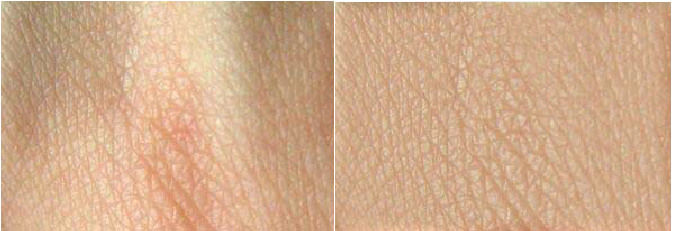After attempting to texture some models recently, using projection painting in 3d paint, the new healing brush is proving fantastic at healing up those edges between projections, but I must admit I get very frustrated trying to find suitable reference images. Part of the problem I have decided is that I'd often like to be able to have larger, more homogeneous areas of texture to clone from.
Given that I have a reasonable healing implementation working, it struck me I should be able to have some algorithms for doing this little job for me, to provide better source material for painting. I thought about putting this ability directly into 3d paint, however, it seemed to make more sense to do a separate small utility app for this kind of thing, which might be useful to more people.
So, eager to not make the major mistake I made with 3d paint, that of under-engineering the initial program, I decided to make a positive effort and spend a few days building a solid backbone to the texturing program, so it will be easy to maintain and add to in the future.
Instead of making a photoshop like affair, this will be a very focused app, and at the moment I'm thinking in terms of a node based editor with some input textures, and methods, producing intermediate and final textures for export. I'm planning for you to be able to move the nodes in the UI, assign inputs and outputs and parameters.
Although the UI is not yet operational, the framework is getting there and I've implemented a first test method. I decided one useful first pass before other methods would be to equalize the colours across an image. Here is an example I have run it on a skin photo, left is before, right is after. Bland and boring on the right, but that is what I am going for, it should be easier to clone etc. The way the method works is it first finds the average colour in the entire image, then gaussian blurs the image. For each pixel it then finds the difference between the blurred colour and the average colour, then adds this difference (with a multiplier) to the original pixel colour.

This has the effect of reducing local colour contrast, or increasing colour contrast depending on the sign of the multiplier.
Anyway, obviously loads more methods to come, maybe some using variations of the healing technique from Georgiev's paper. All colours are converts to floats, and can be converted to linear, and HSL or LAB colour spaces.



Nice healing brush!